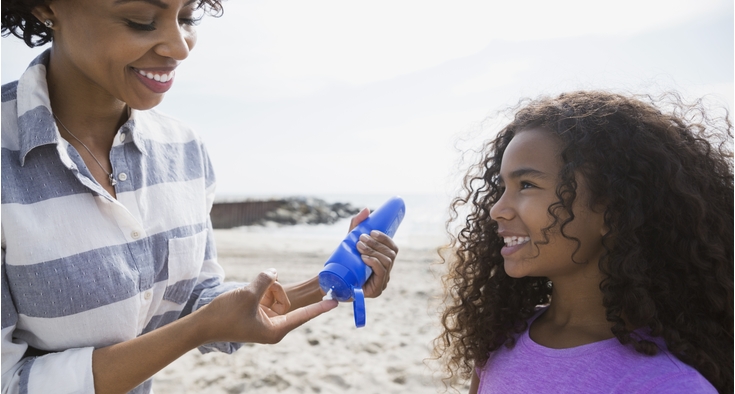Parents: If you haven’t seen this with your kids, there’s a good chance you will: One eye crusted shut in the morning. Your child complaining that it feels like something is in the eye, and it’s impossible to get rid of it. It’s probably pink eye, the common term for conjunctivitis.
While pink eye is highly contagious — there are 3 million cases a year in the U.S. — it’s easily treatable and rarely has long-lasting effects. The bad news is that it can stick around for upward of two weeks, making it more likely to be passed through the family.
Dr. Janie Chai , of Novant Health Pediatrics SouthPark, weighs in with the best steps you can take.
5 steps you can take if your child gets pink eye
1. See your pediatrician
Your provider will determine if your child has pink eye, not just allergies. While symptoms can be similar, allergies normally affect both eyes, while pink eye starts in one eye and can spread to the other.
“There is not just one thing that causes pink eye,” Chai said. “There are different kinds of pink eye and each requires different treatment.”
If the pink eye is caused by bacteria, your doctor may prescribe antibiotic eye drops or other medication to ease the symptoms and speed healing. If it is viral, you will need to let it run its course, just like a common cold. If allergies are the cause, it is not contagious and your doctor will work with you to treat the allergies that are causing pink eye.
2. Keep your child home from school
Can kids go to school with pink eye? No. Pink eye is contagious, especially among children.
“It’s more difficult to keep younger children from touching their eyes,” said Chai. “They share toys, art supplies and playground equipment, and then rub their eyes, which if their classmate has pink eye, can lead to an infection.”
If you child is showing symptoms of pink eye, your school will most likely notify you and ask you to pick them up. Your child will need to stay home. Once they’ve started treatment, they should be able to go back to school the next day. Consult your physician.
3. Use fresh towels and sheets
To help prevent pink eye from spreading from one eye to the other, and to also help protect others in the household, frequently wash towels, sheets, clothing and anything else that your child may use on a regular basis. And don’t share these items between the infected person and the rest of the household. A warm compress can provide relief for your child.
4. Clean your glasses and avoid using contacts
Clean your glasses and cases to help prevent pink eye from jumping from one eye to the next, and don’t use contacts until you are free from pink eye. Taking these steps will also help to avoid re-infection.
5. Wash your hands and avoid touching your face
The best way to prevent the spread of pink eye, and other pathogens, is to frequently wash your hands and avoid touching your face.
“Most people don’t realize how often they touch their face or rub their eyes, especially if they are itchy,” Chai said. “To keep pink eye from spreading from your child to you, wash your hands after giving them their eye medication and avoid touching your face, regardless of how unnatural it feels.”
From pink eye to vaccinations to healthy lunch choices, Novant Health has more than 30 links that will help your child have the happiest and healthiest school year possible.





